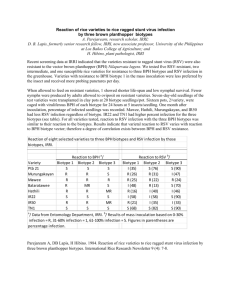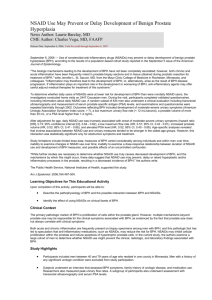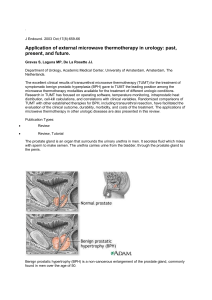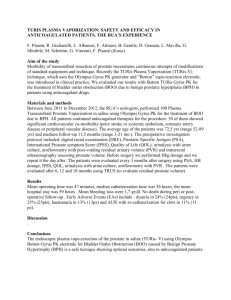IRRN 1984 9 (5) 14-15
advertisement
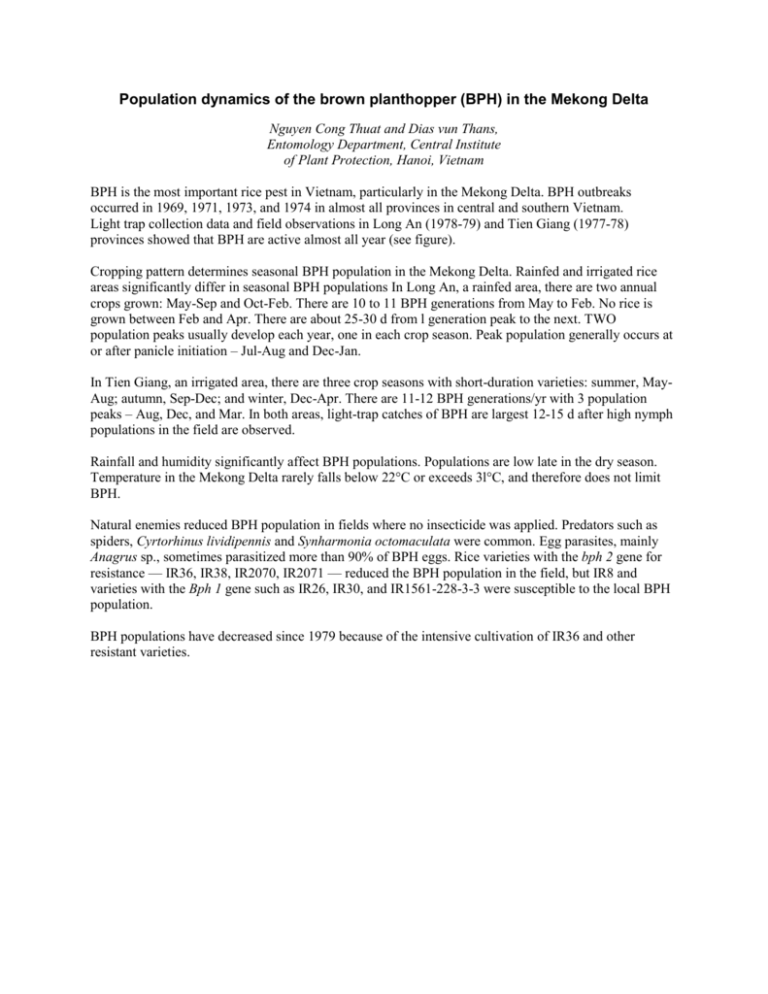
Population dynamics of the brown planthopper (BPH) in the Mekong Delta Nguyen Cong Thuat and Dias vun Thans, Entomology Department, Central Institute of Plant Protection, Hanoi, Vietnam BPH is the most important rice pest in Vietnam, particularly in the Mekong Delta. BPH outbreaks occurred in 1969, 1971, 1973, and 1974 in almost all provinces in central and southern Vietnam. Light trap collection data and field observations in Long An (1978-79) and Tien Giang (1977-78) provinces showed that BPH are active almost all year (see figure). Cropping pattern determines seasonal BPH population in the Mekong Delta. Rainfed and irrigated rice areas significantly differ in seasonal BPH populations In Long An, a rainfed area, there are two annual crops grown: May-Sep and Oct-Feb. There are 10 to 11 BPH generations from May to Feb. No rice is grown between Feb and Apr. There are about 25-30 d from l generation peak to the next. TWO population peaks usually develop each year, one in each crop season. Peak population generally occurs at or after panicle initiation – Jul-Aug and Dec-Jan. In Tien Giang, an irrigated area, there are three crop seasons with short-duration varieties: summer, MayAug; autumn, Sep-Dec; and winter, Dec-Apr. There are 11-12 BPH generations/yr with 3 population peaks – Aug, Dec, and Mar. In both areas, light-trap catches of BPH are largest 12-15 d after high nymph populations in the field are observed. Rainfall and humidity significantly affect BPH populations. Populations are low late in the dry season. Temperature in the Mekong Delta rarely falls below 22°C or exceeds 3l°C, and therefore does not limit BPH. Natural enemies reduced BPH population in fields where no insecticide was applied. Predators such as spiders, Cyrtorhinus lividipennis and Synharmonia octomaculata were common. Egg parasites, mainly Anagrus sp., sometimes parasitized more than 90% of BPH eggs. Rice varieties with the bph 2 gene for resistance — IR36, IR38, IR2070, IR2071 — reduced the BPH population in the field, but IR8 and varieties with the Bph 1 gene such as IR26, IR30, and IR1561-228-3-3 were susceptible to the local BPH population. BPH populations have decreased since 1979 because of the intensive cultivation of IR36 and other resistant varieties. Seasonal occurrence of BPH on rice fields in Mekong Delta, Vietnam. A = two rainfed crop areas of Long An (1978-79), and B = three irrigated crop areas of Tien Giang (1977-78). Thuat NC, Thans DV. 1984. Population dynamics of the brown planthopper (BPH) in the Mekong Delta. International Rice Research Newsletter 9 (5) 14-15.
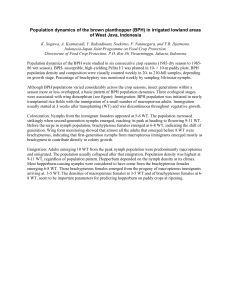
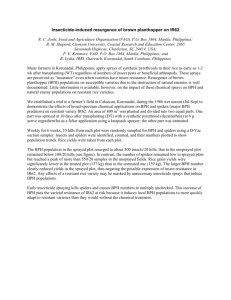
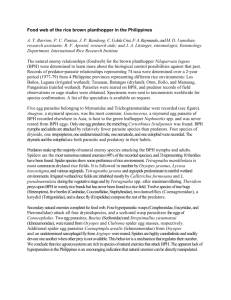
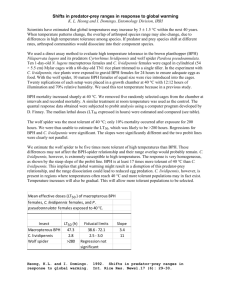
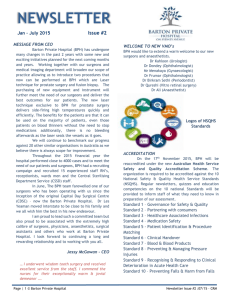
![Bachelor of Pharmacy Curriculum Map -[1]](http://s3.studylib.net/store/data/007319868_1-b09d9aed49d55ed8100126eb07071cb5-300x300.png)
